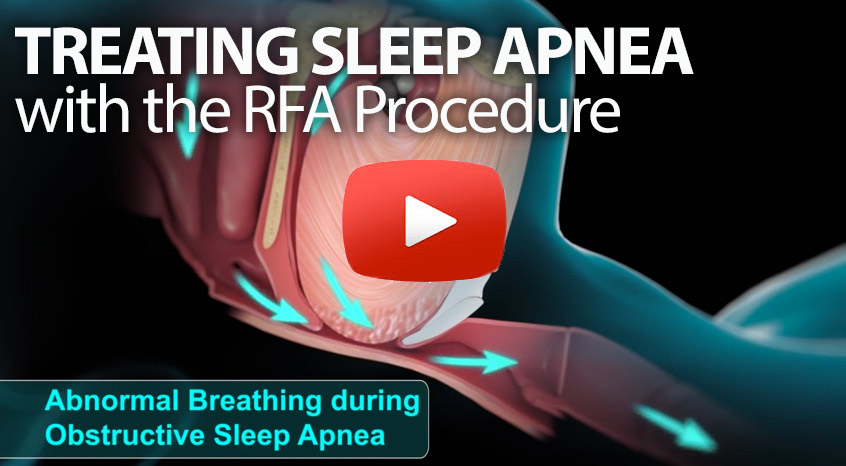The Federal Motor Carrier Safety Administration (FMCSA) released a bulletin to Medical Examiners and Training Organizations regarding Obstructive Sleep Apnea. The purpose of the bulletin was to remind healthcare professionals of the current physical qualifications concerning the respiratory system, specifically how the requirements apply to drivers that may have obstructive sleep apnea (OSA).
FMCSA’s physical qualifications standards prohibit individuals from receiving a medical examiner’s certificate to operate commercial motor vehicles in interstate commerce if they have an “established medical history or clinical diagnosis of a respiratory dysfunction likely to interfere with his or her ability to control and drive a commercial motor vehicle safely.”

Suffering from undiagnosed and untreated OSA can lead to traffic accidents, especially commercial vehicle operators who spend long hours behind the wheel
OSA is considered a respiratory dysfunction when there is a determination that it is likely to interfere with the driver’s ability to operate safely because of the severity of the case.
OSA is a respiratory disorder characterized by a reduction or cessation of breathing during sleep coupled with symptoms such as excessive daytime sleepiness. Given this, OSA may culminate in falling asleep at the wheel, thus contributing to the potential for crashes, injuries, and fatalities. According to this infographic produced by the National Institute of Health, lack of sleep from disorders like OSA lead to between 5,000 and 6,000 fatalities each year.
The Agency encourages medical examiners to consider the following in making the medical certification decision for drivers:
- The primary safety goal regarding OSA is to identify drivers with moderate-to-severe OSA to ensure these drivers are managing their condition to reduce to the greatest extent practical the risk of drowsy driving.
- The Agency does not require that these drivers be considered unfit to continue their driving careers; only that the medical examiner make a determination whether they need to be evaluated and, if warranted, demonstrate they are managing their OSA to reduce the risk of drowsy driving.
- During screening, medical examiners should consider common OSA symptoms such as loud snoring, witnessed apneas, or sleepiness during the major wake periods, as well as risk factors, and consider multiple risk factors such as body mass index (BMI), neck size, involvement in a single-vehicle crash, etc.
- Methods of diagnosis include in-laboratory polysomnography, at-home polysomnography, or other limited channel ambulatory testing devices which ensure chain of custody.
If you or someone you know is in need of a better night’s sleep, contact us for a no obligation consultation. We are the sleep specialists at Chevy Chase ENT located in the Virginia, Maryland, and Washington D.C. metro area dealing with sleep apnea and sleep-related problems. We can help diagnose your condition, recommend whether a sleep study would be beneficial, and offer you a variety of treatment options including CPAP, Radio Frequency Ablation (RFA) and more.
